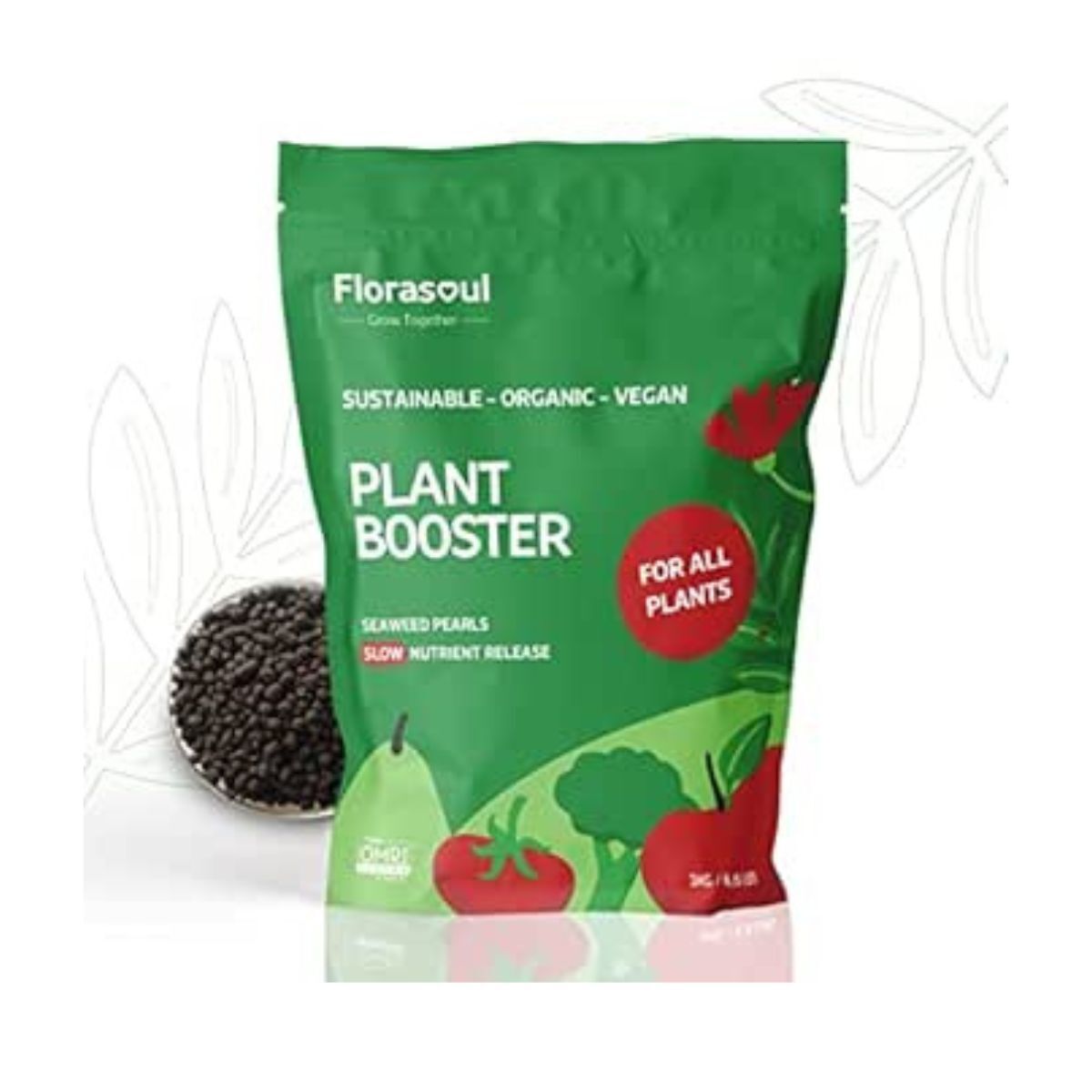The Hampton Hack will set your yard ablaze with a second wind of flowers – here's exactly how to do it to get your perennials to bloom twice
Everything you need to know about this midsummer pruning technique
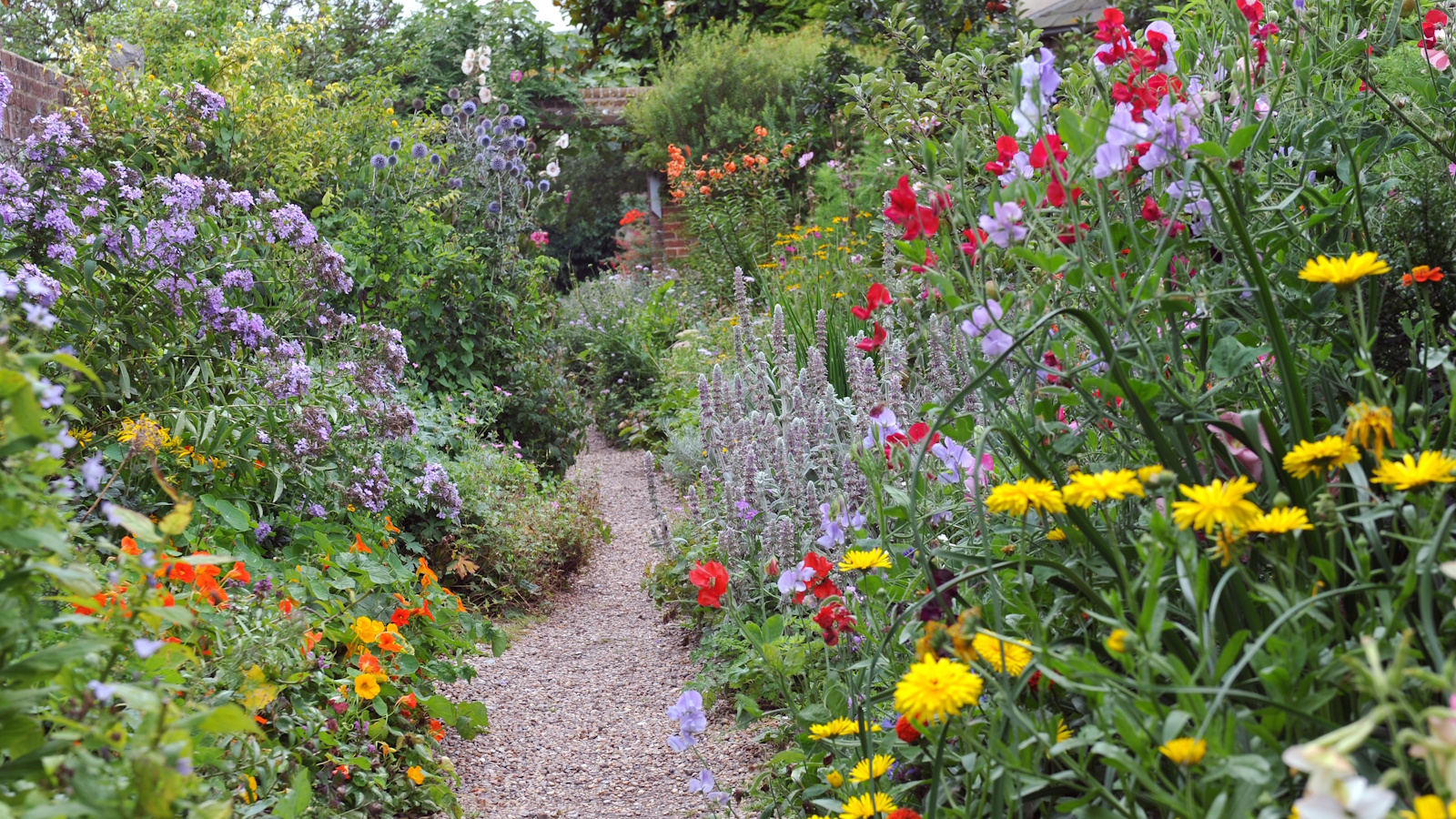

You may have heard of 'The Chelsea Chop', but have you heard of 'The Hampton Hack'? No? Well, this popular pruning technique is swiftly becoming a valuable the of the gardening lexicon as it's got many pulses racing at its power to rejuvenate and reanimate gardens that are in a bit of a midsummer lull. As we think about those plants to prune in July, the Hampton Hack is a pruning technique that, with a little pluck and bravery, can reap enormous returns.
It takes its name from The RHS Hampton Court Palace Garden Festival, which returns every July. The idea is, at this time of year, we can cut back a variety of perennial plants that have finished flowering right back to the ground. It might sound savage (and a little scary), but it rewards your garden with an explosion of new growth, color, and renewed floral displays.
Here, we shine a light on how you can do The Hampton Hack at home.
What is The Hampton Hack?
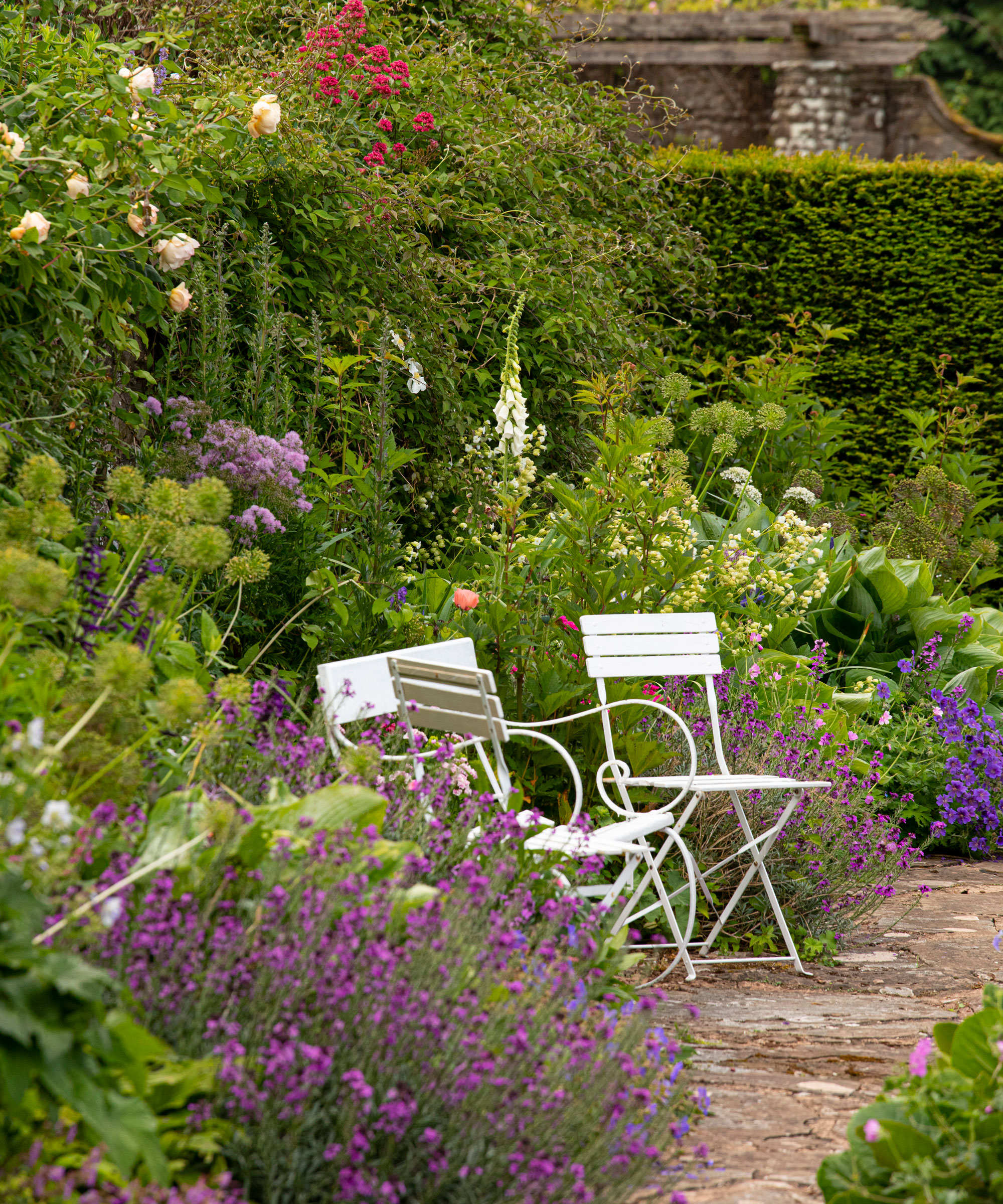
Ultimately, the aim of the Hampton Hack is to extend the flowering season and maximise the full potential of your early-flowering perennial plants.
While the Chelsea Chop involves cutting certain plants back before they flower in late May, around the time of the Chelsea Flower Show, the Hampton Hack is done in early July to rejuvenate plants that have finished flowering, so to stimulate them to get a new lease of life and bloom again.
When to do the Hampton Hack
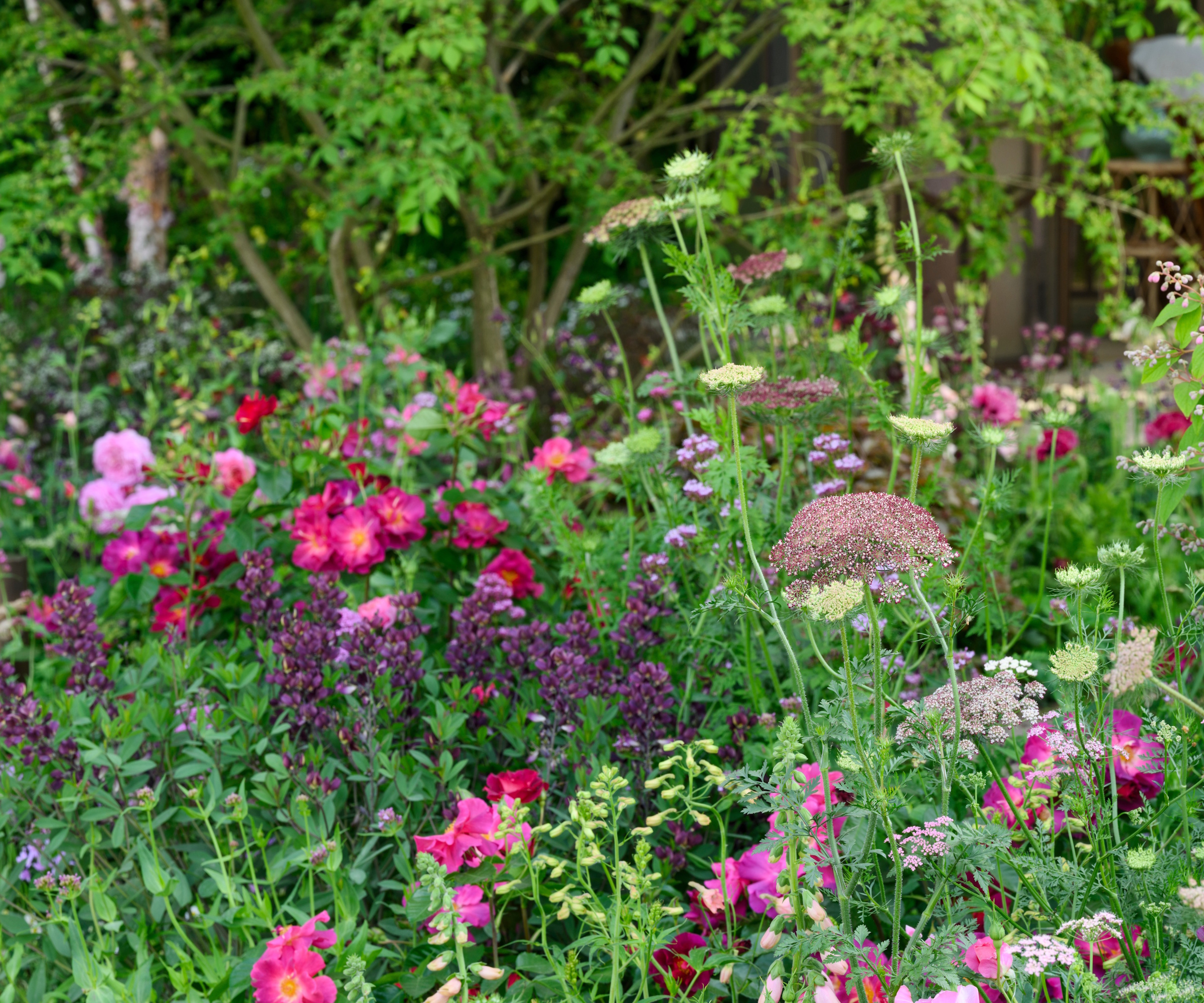
As befits its name, the Hampton Hack should take place in early July, around when the Hampton Court Palace Festival takes place.
At this point, many perennial plants will have finished flowering. Whilst they will remain perfectly fit and healthy, many may not throw out any more growth for the rest of summer after flowering their socks off through May and June.
Design expertise in your inbox – from inspiring decorating ideas and beautiful celebrity homes to practical gardening advice and shopping round-ups.
But, there is a lot of growing potential still to be tapped into, and this is why performing the Hampton Hack early enough in summer gives plants plenty of warm days to come to bounce back for another period of flowering.
How to do the Hampton Hack
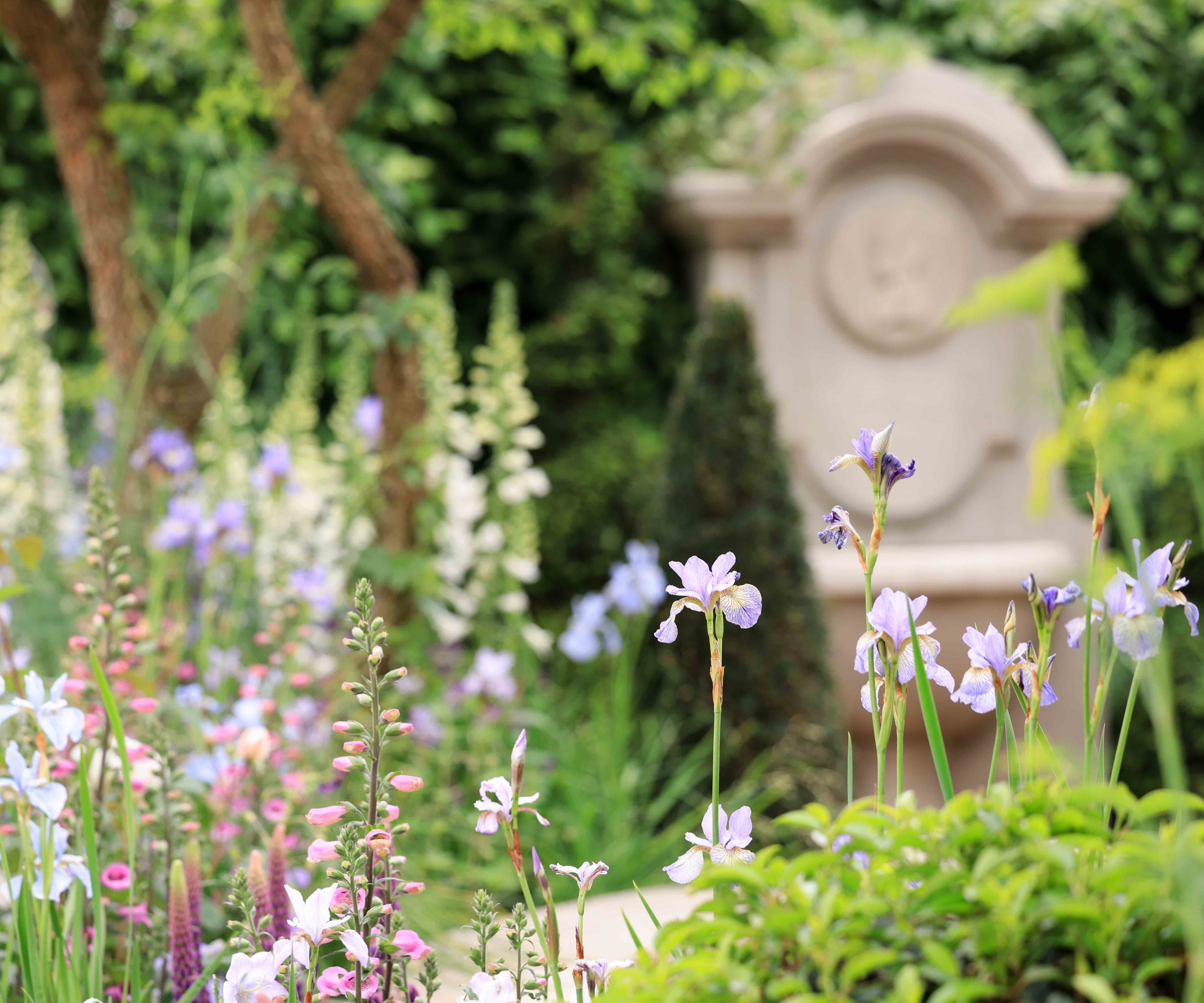
Firstly, identify those plants you will be targeting. Crucially, you are only setting your sights on the early-flowering perennials in your garden. You want to ensure they have already flowered before now.
Here are a few examples of plants that should be a part of the Hampton Hack.
- Salvia
- Alchemilla
- Catmint
- Delphiniums and Lupins
- Knautia
- Veronica
- Red Velarian
- All early-flowering geraniums
- Jacob's Ladder (Polemonium)
- Oriental Poppies
- Pulmonaria
Knowing how to do the Hampton Hack in your garden is remarkably easy, if not a little daunting, purely because of how brutal it might feel if you haven't done it before. Firstly, ensure your pruning shears are disinfected so you don't transmit any diseases to your beloved plants.
Clumps of these perennials can be chopped back to just above ground level – around 10cm from the ground.
Do not forget to give your plants a thorough watering and feed them with a good quality fertilizer. The key to success lies in moist, healthy soil. If the soil is nutrient-dense and well watered, in no time at all, you will see new growth emerging.
Don't forget there are a plethora of flowers to deadhead in July too, that should not be part of the Hampton Hack, like roses, peonies, and dahlias.
Shop essentials for The Hampton Hack
It is worth getting your hands on the essential pruning tools all gardeners need before setting out, as a blunt pair of shears and uncovered hands will make the job much more of a hassle than it needs to be.
Whilst overfeeding your plants is a common fertilizing mistake, after doing a Hamptons Hack, your plants will certainly benefit from a good feed, so don't be shy with the plant food. If you are not sure how your soil's nutrient profile is in your yard, it is well worth finding out before you buy plant food, as you might be getting the wrong one. Before investing in fertilizer (and there are a lot on the market) test your soil with a soil test kit, like this soil test kit available at Amazon.

Sophia Pouget de St Victor is the UK Content Editor at Homes & Gardens, bringing readers the latest trends, expert insights, and timeless design inspiration tailored to a UK audience. With a background in luxury interiors and a qualification in Garden Design from London, she has a passion for creating spaces with character and emotional depth. Sophia gravitates toward interiors that defy definition, valuing individuality and effortless elegance. She lives in West London with her partner, two mischievous terriers, and a plump cat named Lettuce.
You must confirm your public display name before commenting
Please logout and then login again, you will then be prompted to enter your display name.


